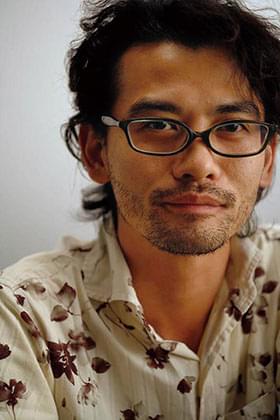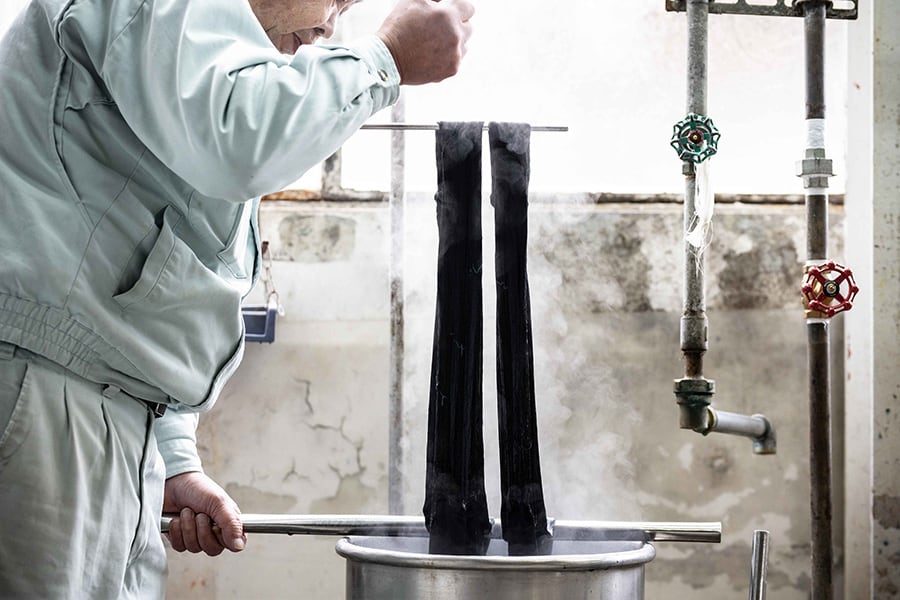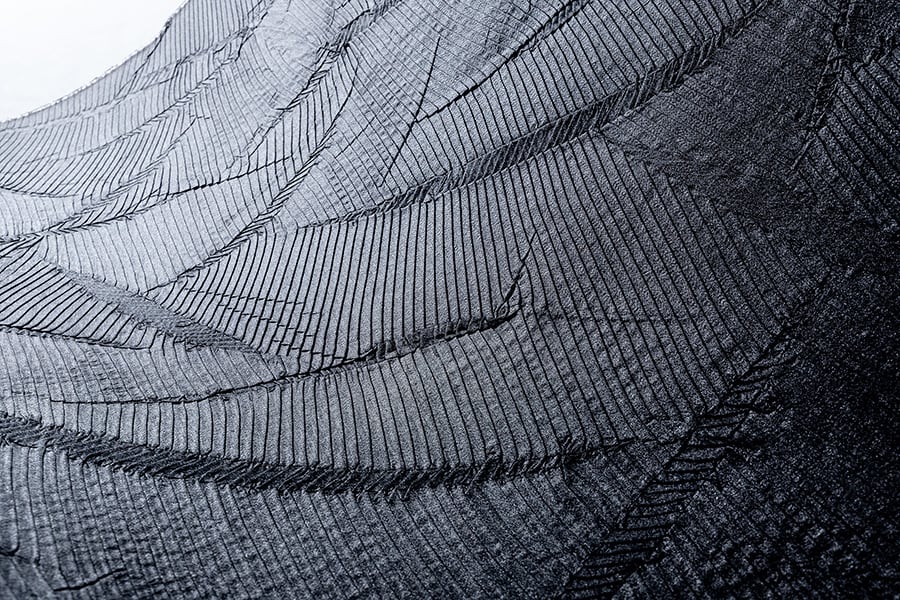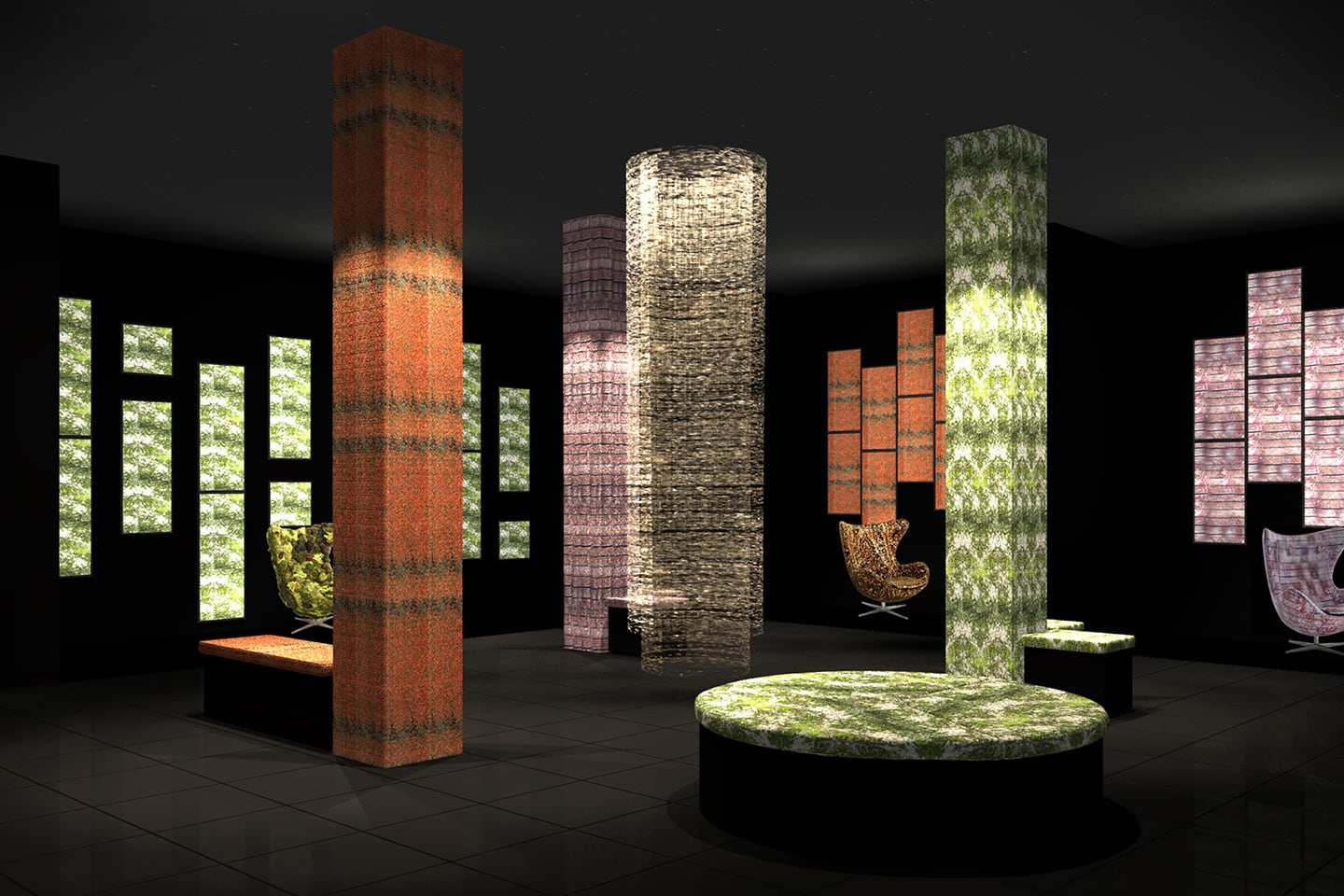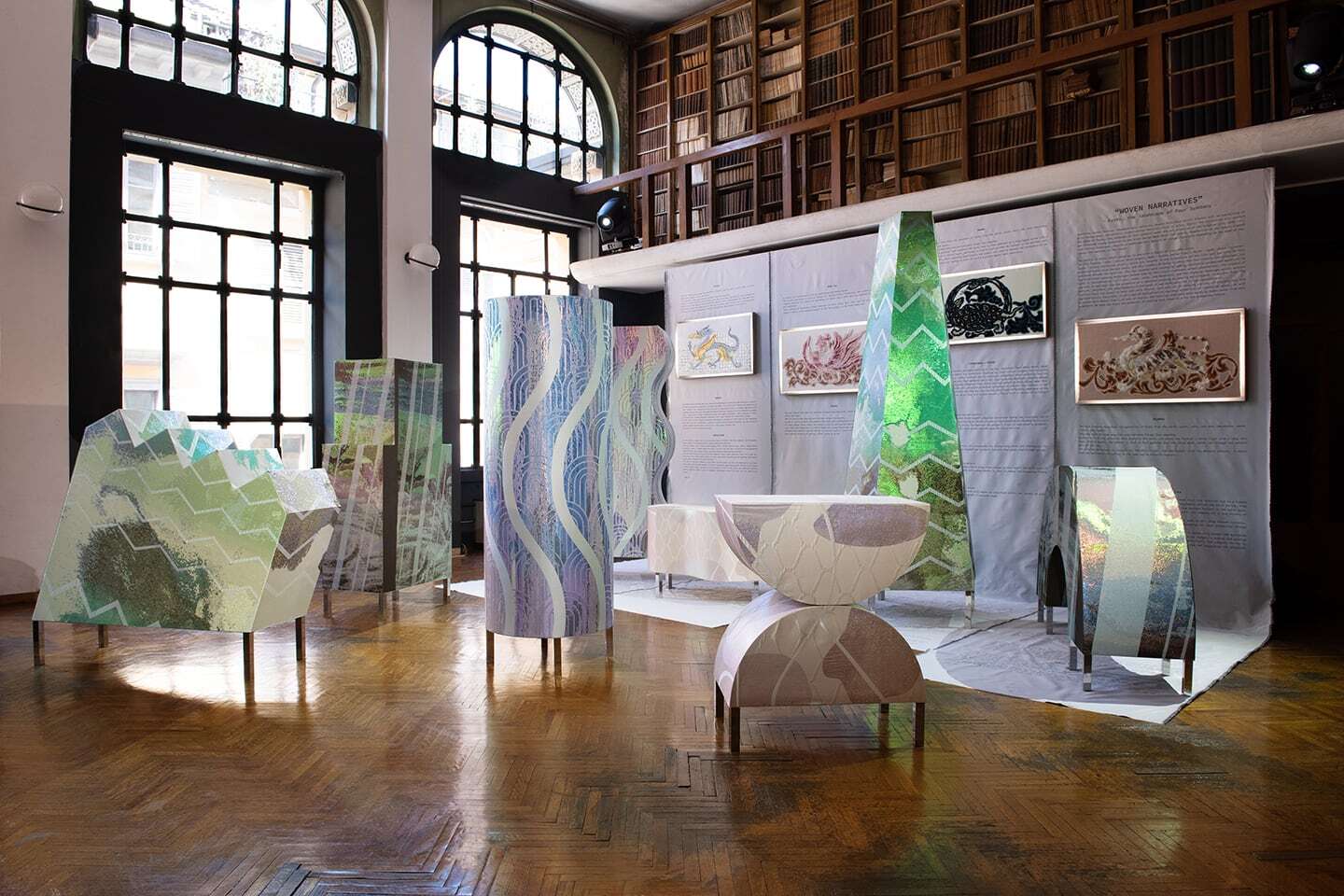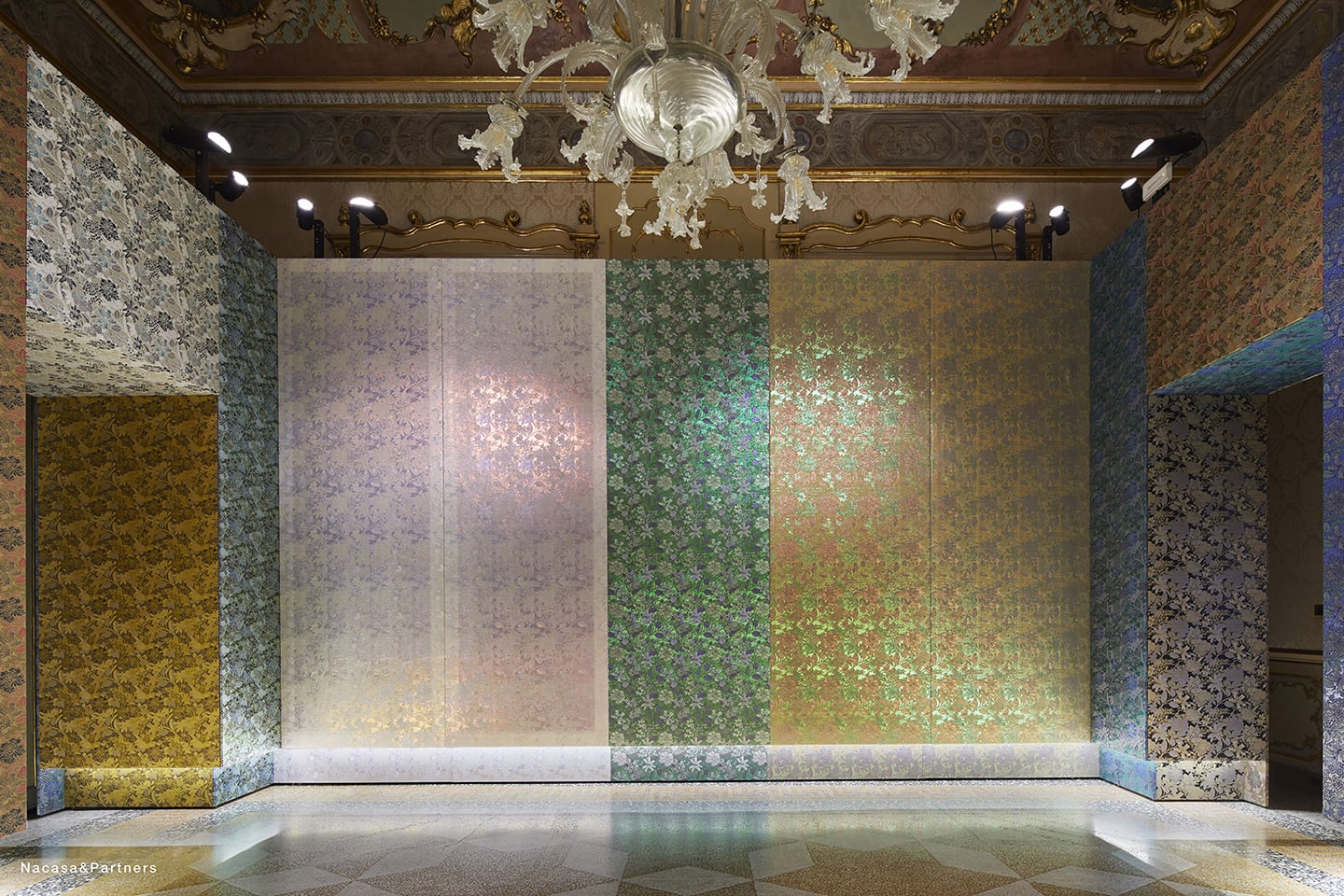One Hundred Black Textiles
Techniques x Woven Patterns
A textile consists of three components: the material, the weaving technique, and the woven pattern. The quintessence of textile production lies in the art of combining and harmonizing these elements to craft a diverse range of textiles. Nishijin-ori textiles, in particular, are renowned for the intricate portrayal of vibrant and opulent patterns, meticulously crafted using numerous materials of varying colors and thicknesses. These designs often feature colorful threads incorporating gold, silver, or the use of shells to add a lucent touch. For Milan Design Week 2024, a crucial element contributing to the beauty of textiles, “color”, has been daringly limited to solely “black”, intensively drawing on techniques and woven patterns to craft a collection of one hundred unique black textiles.
The Color Black in Japan
Black has a special meaning in Japanese culture, as there is a rich tapestry of words to describe the color black, such as Kurosumi [black ink], Shikkoku [jet black lacquer], Nuregarasu [wet, black wings of a crow], Nibi [dull, dark gray], and Roiro [wet, black lacquer].
In "A Hundred Black," Kawashima Selkon Textiles has completed its collection of one hundred variations of unique black textiles, with belief in the possibilities of textiles, after close to a thousand prototypes.










